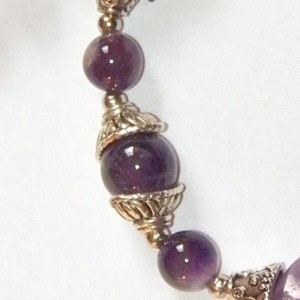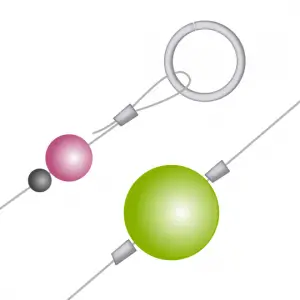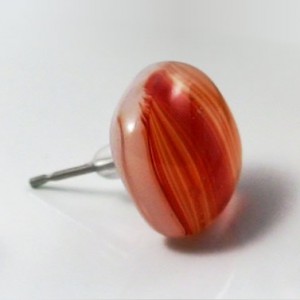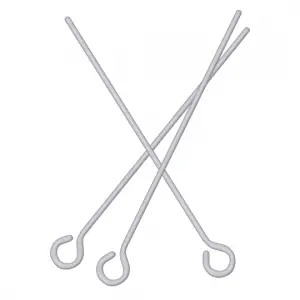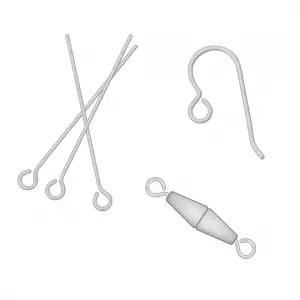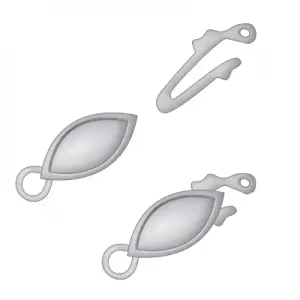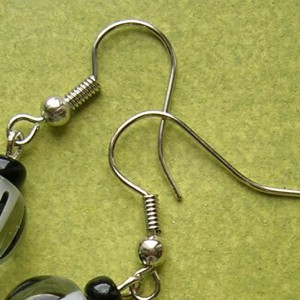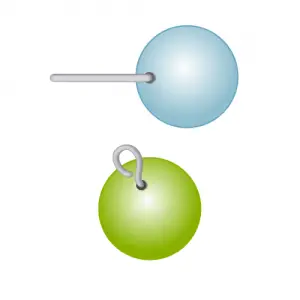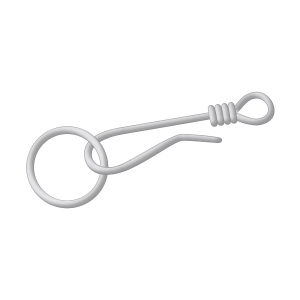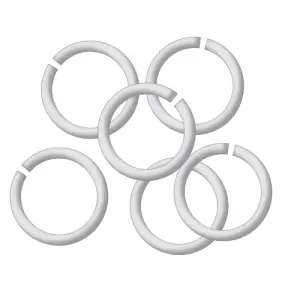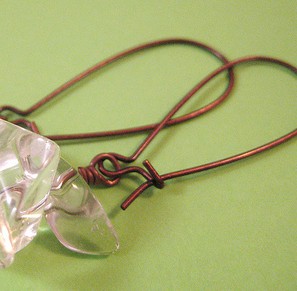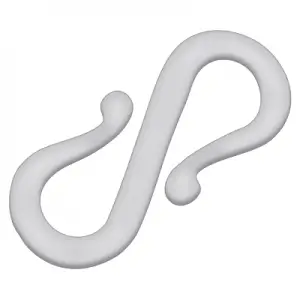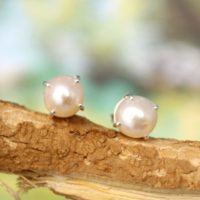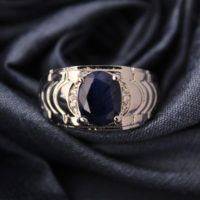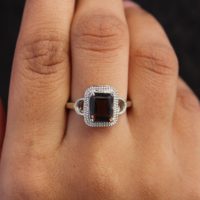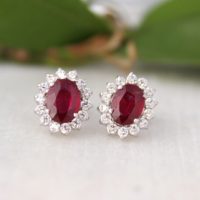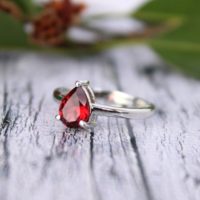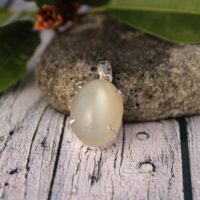Jewelry Making Findings
Barrel Clasp
A common form of clasp, especially for necklaces. Can be hard to attach on bracelets without help, and often comes undone on anklets, so is best suited for necklaces.
Beading cone
A metal cone finding that covers the ends of the strands in a multi-stranded necklace. The cone lets you attach a clasp, while concealing the knots that secure the ends of the strands.
Bolt ring
Another name for a spring ring clasp.
Bullion
Also known as French Wire or Gimp. This is a very finely coiled wire that forms a flexible tube like a spring. It is used for finishing the ends of strung jewelry pieces. It is threaded over the cord to cover it where it is normally exposed, such as where the cord goes through the loop on the clasp at the ends of the piece. It gives a professional look and protects the bead cord from fraying from exposure. The downside is that it tends to wear rather quickly itself, so it is good for fancy jewelry that you don’t wear often.
Callotte
Metal findings that cover the knot at the end of a string of beads. Callottes (also called clam shells) clamp sideways onto the knot. Tying the knot around a seed bead and adding a drop of glue secures the knot. Close the callotte with pliers and snip the excess thread. Also called clamshells or bead tips.
Clasp
Any of a number of fasteners that hold the ends of a piece of jewelry together. Most are metal or wire: examples include lobster claw clasp, toggle clasp, barrel clasp, and fish hook clasp.
Crimp Beads
Crimp beads are small metal beads that you squish (crimp) onto beading wire to make the beads stay where you want them, or connect beading wire to a jump ring or clasp. They can be corrugated or smooth.
Earring Post
The straight part of the earring that is passed through the ear. “Post-back” earrings require a backing to hold the earring in place and can come with a flat pad to glue beads onto, or with a metal bead with a loop under it to attach beads to (similar to hook earwires).
End Cap
Can refer to either a half-drilled bead used to finish a length of memory wire, fastened with glue, or a short metal tube used to finish leather or suede cord and fastened either with glue or by crimping the tube onto the cord.
Findings
A broad term for components used to make a collection of beads into jewelry. This includes clasps, headpins, jump rings, bead tips, crimp beads, and more. Usually these are metal, but they can also be made of wood, stone, or other materials.
Fish Hook Clasp
The fish hook clasp refers to the extra safety mechanism. When the clasp is opened, a hook wraps around a safety bar. This added security feature is in place in case that the clasp should accidentally open up, and works quite well to secure the necklace when it’s being worn.
French Coil
see Bullion.
Half-drilled bead
Beads with a hole that goes only half-way through, instead of all the way through like a normal bead. There are many findings that are made to take a half-drilled beads, like ring settings and earring posts. You can also use them to finish memory wire bracelets–an end cap. They are affixed with bead glue.
Hook and Loop Clasp
A type of clasp that is very easy to use. It can be made by hand with some wire (gauge 20 or thicker), however it may come apart if the hook is stretched. Hammering the wire with a ball pein hammer and anvil can harden it so this is not an issue.
Jump Ring
Used to connect jewelry parts, like attaching a clasp to a necklace. Jump rings are a simple wire loop. To open them, push one end forward and one end back. If you enlarge the circle by prying the ends farther apart you will weaken the metal. Split rings are more secure but bulkier.
Kidney Wire
A type of earwire with a hook to secure the end of the wire after it passes through your ear. Contrast with French earwires. photo credit
Lobster Claw Clasp
A secure clasp useful for finishing necklaces, bracelets, and other jewelry.
S-hook Clasp
A form of a hook and loop clasp where the hook is shaped like an S, with one half of the S closed to attach to one side of the jewelry piece, and the other half of the S open as the hook.
Split Ring
Double wire rings (like a keychain), used to connect different parts of a piece of jewelry. A split ring is more secure than a jump ring but also bulkier.
Spring Ring
A very common clasp which is inexpensive and secure. The drawback is that it requires nimble fingers to use.
T-Bar Clasp
Another name for a toggle clasp.
Toggle Clasp
A type of clasp consisting of a bar which fits into a loop. It operates on the same principle as a button. Toggle clasps tend to be bulky and therefore most appropriate for chunkier jewelry. This clasp is also sometimes used as a main decorative element in a necklace that clasps in the front. photo credit



